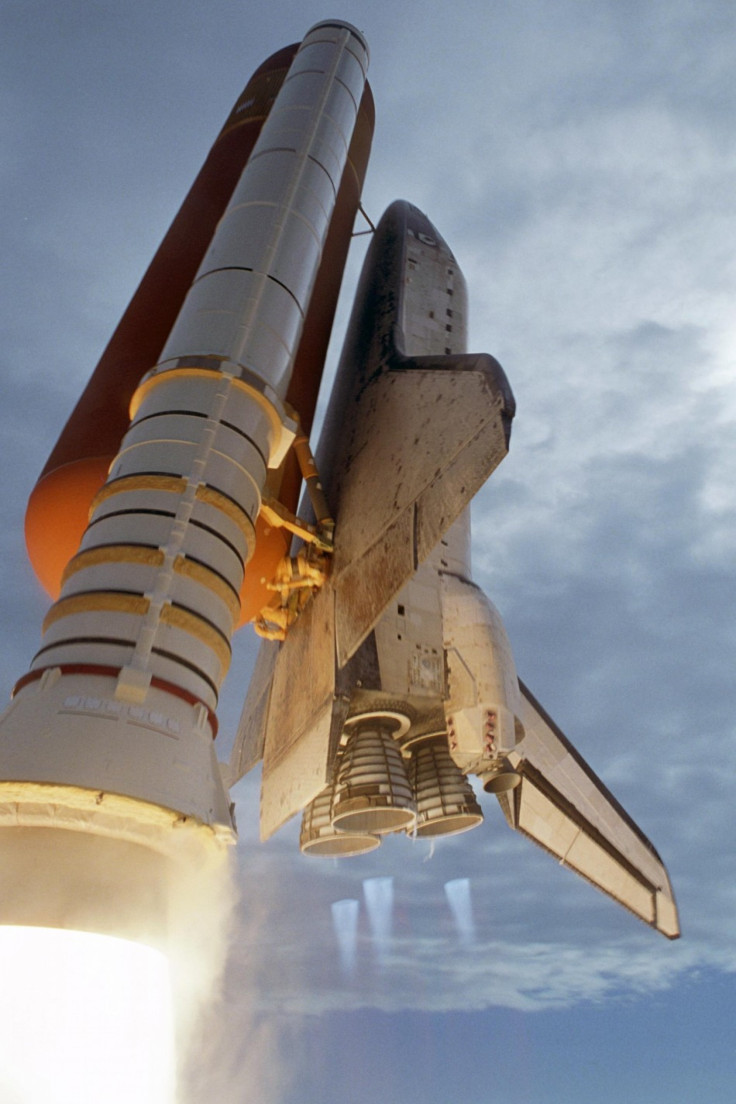NASA Readies Discovery Shuttle For Final Flight

NASA is readying the space shuttle Discovery for its final launch into space after serving as the space agency's workhorse for 27 years.
NASA's mission management team unanimously approved the final Discovery launch this week, on Thursday at 4:50 p.m. Eastern. The mission, headed by Commander Steven Lindsey, will be the final one for the spaces shuttle Discovery and will focus on installing specialized equipment on the International Space Station and doing maintenance checks.
Everything is on track and going beautifully with the countdown, said Mike Moses, mission management team chair, in a statement. We're really looking forward to a very action-packed, successful mission and everything is on track.
To say Discovery has earned its retirement is an understatement. Assembly for the Discovery Shuttle finished in 1983 and the next year it flew into space for the first time.
Since its creation, it has flown to orbit more than any other craft. It has had 180 astronauts fly aboard, taken 38 trips and spent 352 days in orbit, almost a full year. In has taken more than 5,600 trips around the Earth.
We're wrapping up the Space Shuttle Program. Besides the excitement of completing the International Space Station and all the things we do, I hope people get a sense of the history of what the shuttle is and what we've done and what's ending. Because they'll probably never see anything like it flying again, Lindsey said in media statement.
Discovery's history goes beyond numbers. NASA says it was the space craft to feature a female shuttle pilot and female shuttle commander (Eileen Collins), the first African American spacewalker (Bernard Harris) and the first sitting member of congress to fly in space (Jake Garn).
On the second mission of the Discovery, it became the first spacecraft to retrieve a satellite and bring it home. In 1985, it became the only shuttle orbiter to fly four times in a single year. In 1994, it became the first craft in the U.S. space fleet to fly a Russian cosmonaut. Four years later, it housed the oldest astronaut to into space: then-Senator John Glenn, who at 77, orbited the Earth for the second time.
In 2003, it was the first space shuttle to fly after the Columbia disaster, helping lift NASA and the space community after a terrible tragedy. Most recently, in October of 2007, the Discovery's launch marked the first time that two female commanders were in space together.
In its final foray into space, the Discovery will set another precedent when it flies the first humanoid robot to fly in space, Robonaut2. Robotnaut2, created jointly by NASA and GM, will provide assistance to the crew members on the International Space Station.
I think it will be interesting to get it hooked up and start playing with it, seeing what it can do, Lindsey said regarding Robotnaut2.
Discovery will be the first shuttle fleet to retire. NASA says next up will likely be the Endeavour, followed by the Atlantis. The program began in 1981 with the launch of the Columbia and is on its 133rd mission nearly 30 years later.
To contact the reporter responsible for this story call (646) 461 6920 or email g.perna@ibtimes.com.
© Copyright IBTimes 2025. All rights reserved.





















